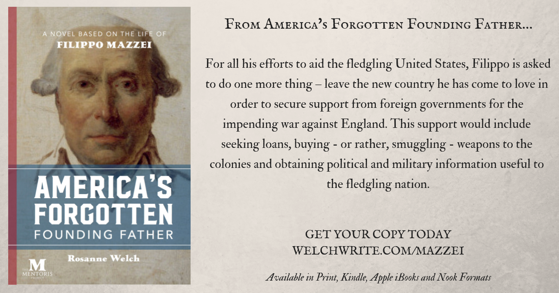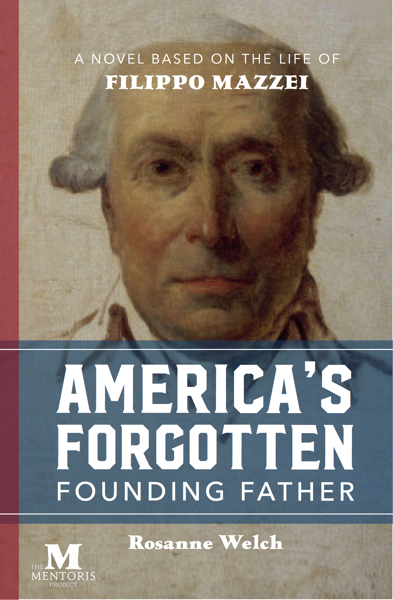A clip from my presentation at the 11th Annual Screenwriting Research Network conference. Held on the campus of the beautiful Università Cattolica del Sacro Cuore in Milan.
In the presentation, I covered the reasons writers have been marginalized – and the reasons they oughtn’t to be so disrespected. Then I talked about how my course works, what books I assign, what guest speakers I invite, what research the students do – and ended on a high note by introducing ‘When Women Wrote Hollywood’ – the book of essays from our inaugural class which has now been published by McFarland.
Transcript:
Again why teach screenwriting history.
* Music from Hamilton — Who lives? Who Dies? Who Tells Your Story?”*
“His financial system is a work of genius. I couldn’t undo if I tried and I tried.”
Also a piece very famous for the writer Lin-Manuel Miranda more so than anyone else. Historiography is something we teach in masters programs that we don’t really teach in undergrad and they have to understand who wrote these books and why do we know who why do we have that. I want to teach the history screenwriting these all artists stand on the shoulders of those who came before them be they men or women and we should know who those people were and how they created what we have.
Watch the entire presentation
Subscribe to Rosanne Welch, Ph.D on YouTube
Buy a signed copy of when Women Wrote Hollywood
Paperback Edition | Kindle Edition | Google Play Edition
* A portion of each sale from Amazon.com directly supports our blogs
** Many of these books may be available from your local library. Check it out!
† Available from the LA Public Library
Podcast: Play in new window | Download
Subscribe: RSS
![06 Who Tells Your Story? from Why I Created a History of Screenwriting Course [Video] (50 seconds)](https://rosannewelch.com/wp-content/uploads/2019/01/srn-rmw-2018-06.jpeg)





![30 Still Popular from How the Monkees Changed Television [Video] (51 seconds)](https://rosannewelch.com/wp-content/uploads/2019/01/monkees-tv-30-popular.jpeg)

















![05 Writing and Directing from Why I Created a History of Screenwriting Course [Video] (0:44)](https://rosannewelch.com/wp-content/uploads/2019/01/srn-rmw-2018-05.jpeg)
![29 The Beatles and The Monkees from How the Monkees Changed Television [Video] (0:52)](https://rosannewelch.com/wp-content/uploads/2018/12/monkees-tv-29-beatles.jpeg)
